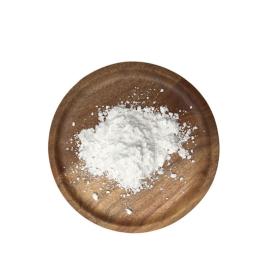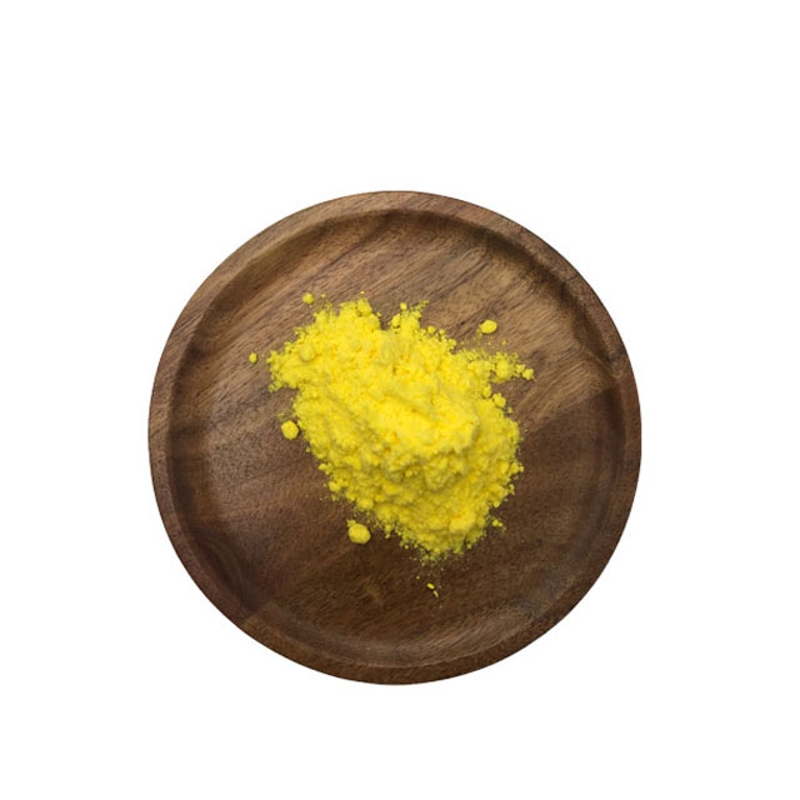-
Categories
-
Pharmaceutical Intermediates
-
Active Pharmaceutical Ingredients
-
Food Additives
- Industrial Coatings
- Agrochemicals
- Dyes and Pigments
- Surfactant
- Flavors and Fragrances
- Chemical Reagents
- Catalyst and Auxiliary
- Natural Products
- Inorganic Chemistry
-
Organic Chemistry
-
Biochemical Engineering
- Analytical Chemistry
- Cosmetic Ingredient
-
Pharmaceutical Intermediates
Promotion
ECHEMI Mall
Wholesale
Weekly Price
Exhibition
News
-
Trade Service
Tumor vaccines have the characteristics of high specificity and low side effects, and are a good choice to replace traditional therapies or to assist in enhancing the efficacy of traditional therapies
.
The mode of action of tumor vaccines is mainly to deliver tumor antigens to antigen-presenting cells, activate innate immune responses and antigen-specific adaptive immune responses, thereby exerting a systematic and specific anti-tumor effect
.
Although vaccine-based anti-tumor therapy has a superior theoretical basis, it is still unable to achieve satisfactory clinical therapeutic effects
.
Therefore, improving the in vivo immune stimulation efficiency of vaccines is an important research direction in the field of tumor immunotherapy
.
Lymph nodes are the main place where antigen presentation occurs, where a large number of antigen-presenting cells settle, and these cells are adjacent to the initial T cells, which can achieve rapid presentation after ingesting the antigen
.
In addition, the antigen-presenting cells that colonize the lymph nodes are all immature phenotypes with strong antigen uptake ability
.
Therefore, effective delivery of tumor vaccines to lymph nodes is one of the important strategies to improve vaccine efficiency
.
Based on this, researcher Nie Guangjun and associate researcher Zhao Ruifang of the National Nanoscience Center have constructed an active lymph node accumulation system (ALAS) based on click chemistry reaction, which simulates the "ligand-receptor" interaction.
Actively targeted delivery of vaccines promotes the accumulation of antigens and adjuvants in lymph nodes, thereby enhancing the efficiency of antigen presentation and T cell activation
.
The polymer DSPE-PEG (1, 2-distearoyl-sn-glycero-3-phosphoethanolamine-N-[amino (polyethylene glycol)]-2000) has a good in vivo safety, and it has the same effect as albumin that carries lipid transport in the body.
Higher affinity; in addition, DSPE-PEG has also been reported to be spontaneously transferred from albumin to the phospholipid bilayer embedded in the cell membrane
.
Based on the above principles, the target group-azide (N3) is modified to the end of DSPE-PEG molecule, and the internal lymph node reflux mechanism of albumin is used to achieve the targeted delivery of azide molecules to lymph nodes and target insertion on the cell membrane to achieve lymph nodes.
The "light up"
.
The liposomes modified with DBCO (dibenzocyclooctyne) groups on the surface react specifically and efficiently with these azide targets through click chemistry to achieve the accumulation of liposomes in the lymph nodes
.
Finally, the liposome-encapsulated antigen and adjuvant are efficiently co-delivered to the antigen-presenting cells in the lymph nodes, enhancing the tumor antigen-specific CD8+ T cell response
.
This study verified its good tumor suppression effect in melanoma subcutaneous tumor models and lung metastasis models, effectively prolonging the survival time of tumor-bearing mice
.
The related research results are titled Development of a Cancer Vaccine Using In Vivo Click-Chemistry-Mediated Active Lymph Node Accumulation for Improved Immunotherapy and published on Advanced Materials
.
Zhao Ruifang and Qin Hao, a PhD student at the National Nano Center, are the co-first authors of the paper, and Zhao Ruifang and Nie Guangjun are the co-corresponding authors of the paper
.
The research work is supported by projects such as the National Basic Research Plan, the Strategic Leading Science and Technology Project of the Chinese Academy of Sciences (Class B), the National Natural Science Foundation of China, and the Huang Guoqiang Education Foundation
.
The working principle of active lymph node aggregation nano-vaccine Source: National Center for Nanoscience, Chinese Academy of Sciences







